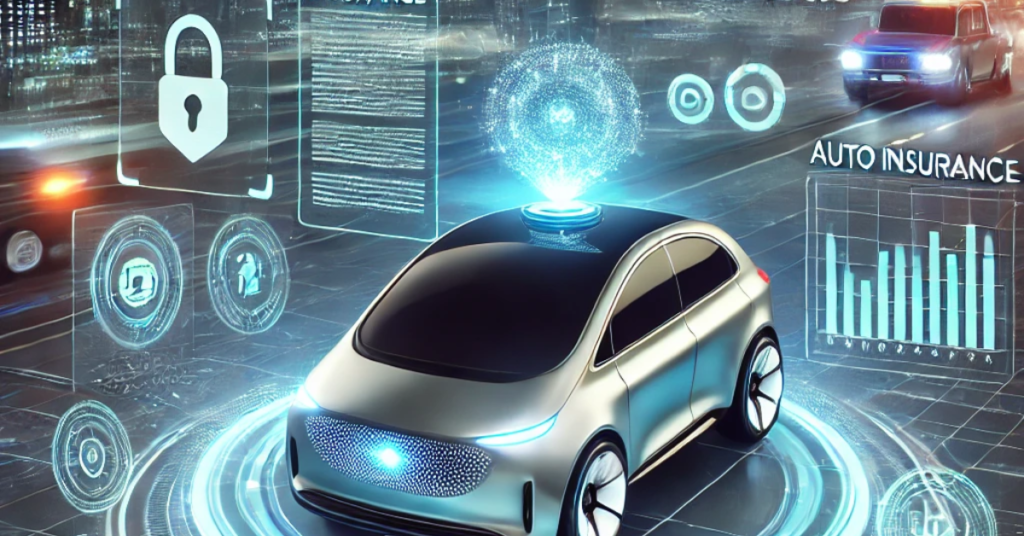The Impact of Autonomous Vehicles on Auto Insurance
The rise of autonomous vehicles is not just a futuristic concept anymore—it’s a reality that’s already starting to reshape our roads and, consequently, the auto insurance industry. As we step into 2025, the impact of autonomous vehicles on auto insurance is becoming more pronounced. Let’s dive into how this technological revolution is transforming the way we think about car insurance.

The Promise of Safer Roads
One of the most significant impacts of autonomous vehicles is the potential for safer roads. According to KPMG, over 90% of accidents are caused by driver error. Autonomous vehicles, equipped with advanced safety features like traffic jam assist, lane departure warnings, and collision avoidance technology, aim to reduce these errors significantly. As more autonomous vehicles hit the roads, we can expect a substantial decrease in accident frequency.
What This Means for Insurance
Changes in Insurance Models
Personal vs. Commercial Insurance
New Products and Services
The Role of Data and Technology
Claims Processing
Challenges and Considerations
Determining Fault
Cost of Repairs
The Future of Auto Insurance
- Updating Underwriting Models: To account for the reduced risk profile of autonomous vehicles.
- Developing New Products: To cover unique risks associated with autonomous technology.
- Leveraging Data and AI: To improve risk assessment and claims processing.
- Collaborating with Stakeholders: Including manufacturers, technology firms, and regulatory bodies to develop new frameworks for liability.
What Consumers Can Expect
For consumers, the future holds the promise of safer roads and potentially lower premiums. However, it’s essential to stay informed about the changes in insurance models and understand the new types of coverage available. As autonomous vehicles become more common, it will be crucial to review your insurance policy regularly to ensure it meets your needs.